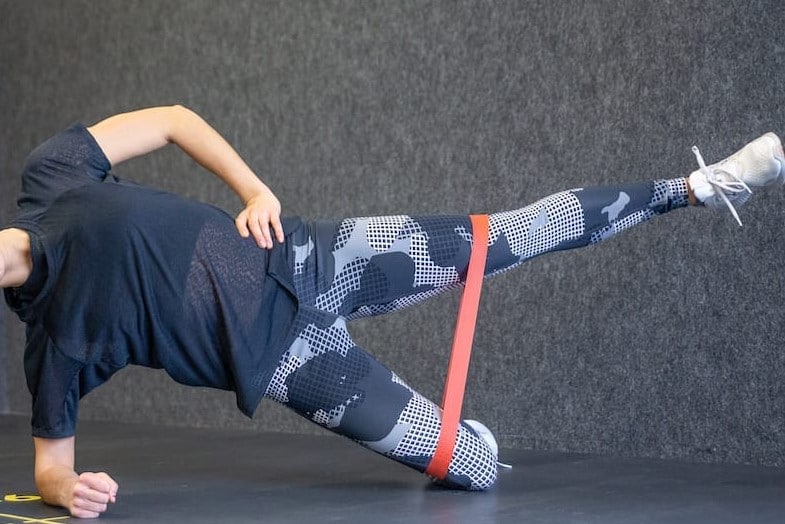
ACL tears are one the more common injuries in the sports world. After only a few weeks into the NFL season, there have already been multiple ACL injuries. Most of the time, these are non-contact injuries. Without going into too much detail, the anterior cruciate ligament (ACL) is the most commonly injured ligament in the knee. It prevents anterior translation (forward movement) and internal rotation of the tibia (lower leg). The muscles that directly cross the knee primarily control movement forward and back. Twisting and side-to-side movements are controlled by the core, hips, foot, and ankle. These areas need to be trained to stabilize the body during these types of movements or too much responsibility falls on the ACL. There are a plethora of exercises that can be utilized to work on balance and stability of the core and lower extremities. Let’s touch on a few simple ones that you can start today. Proprioception is your body’s awareness of where it is in space. There are nerve receptors within our joints, tendons, and muscles that give our brain this feedback. They must be challenged to get better! Our body uses proprioceptors, vision, and the vestibular system (inner ear) to recover from a loss of balance. So for example, if you take away vision, the proprioceptors must work harder. Any athlete should be able to balance on one leg with the eyes closed for 30 seconds. You must do this without level hips and with a stable foot. Use a tripod position of the foot which is where equal weight is distributed between the base of the big toe, little toe, and center of the heel. Don’t grip the ground with your toes. Stand on one leg, lifting the other to where the thigh is parallel to the ground. The gluteal muscles and rotational muscles that surround the hip are extremely important in stabilizing the knee. They need to be strong but they also need to activate properly when the foot hits the ground. The most basic gluteal activation exercises are long, static hold movements, or isometrics. It’s best to start on the ground with a few exercises that isolate the gluteals and remove the ability of the hip flexors and quads to help. Sidelying clams and hip abduction is simple but challenging. Use a light resistance band and hold each of these exercises for one minute, 2 reps on each leg. The next step is to bring it all together! You need to have good balance in a dynamic situation along with proper hip muscle activation to protect the ACL. One example is a banded lateral plyometric jump. With a band around the knees, perform single-leg bounding side to side. Challenge yourself by sticking the landing and maintaining balance for a few seconds before jumping back to the other side.
Balance
Hip Strength and Activation
You can then combine these exercises with core strengthening by performing them in a modified side plank position.
Balance and Hip Stability
Based on your sport, exercises can be tailored to train your body for the challenges it will face. A physical therapist or athletic trainer is a great resource for any athlete who wants to maximize performance and also protect themselves from injury.









